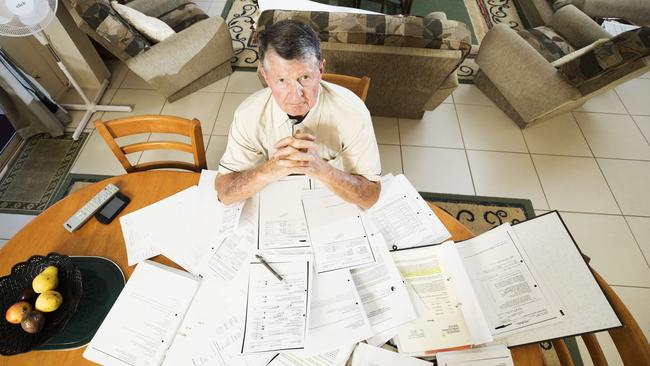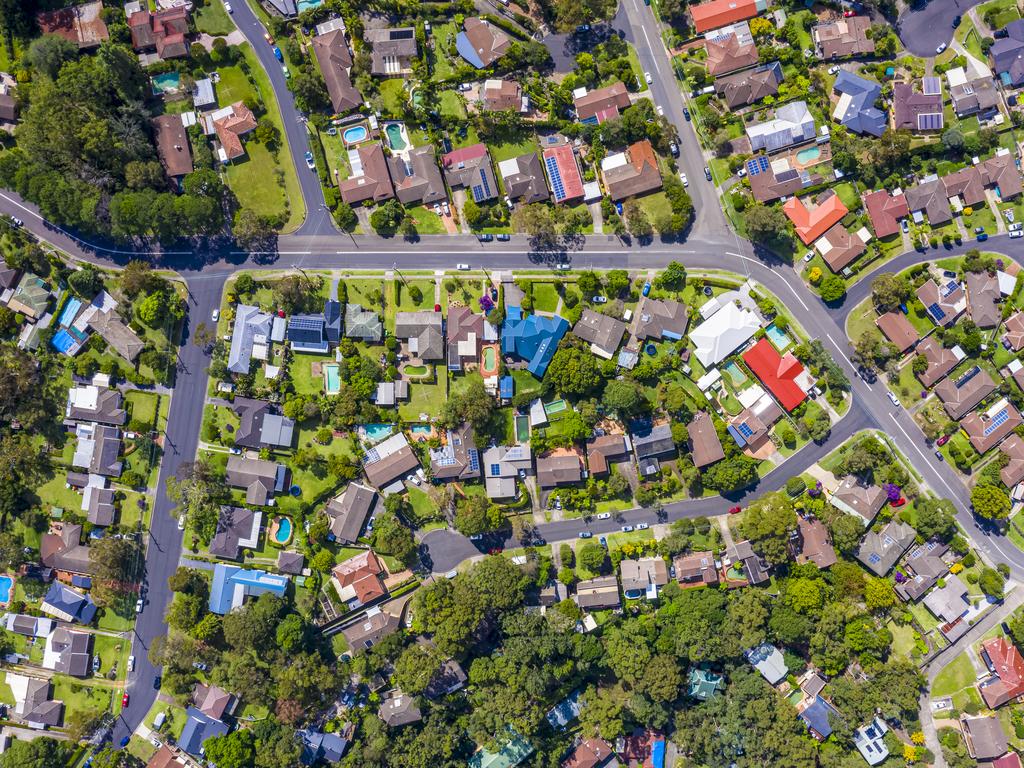Housing fund just another storm waiting to happen

Following the global financial crisis, north Queensland-based Storm Financial collapsed taking many investors with it. Storm’s business strategy involved advising customers to double gear to invest in the sharemarket, so to profit by generating higher investment returns than the cost of borrowing. The Hayne royal commission’s final report noted “almost 90 per cent of Storm’s clients were encouraged to take out loans against the equity in their own homes, to obtain a margin loan and use the funds from these loans to invest in the sharemarket via index funds”.
It ended badly for investors when the value of their investments collapsed but their debt did not. The Australian Securities & Investments Commission estimated the total losses suffered by investors who borrowed to invest was about $830m.

With the federal budget imminent, it appears that the Albanese government is planning to follow a version of the Storm model to finance one of its key policy initiatives. In pursuing its housing plan, the government has announced it intends to establish the Housing Australia Future Fund. The HAFF would borrow $10bn to give to the Future Fund to invest on its behalf. The investment returns on this $10bn, to an annual limit of $500m, would then be used to support new social and affordable housing.
Whether federal involvement in the provision of social and affordable housing is an appropriate policy or of sufficient priority is a valid debate to be had. But pretending such a policy can be financed without cost or risk to the budget or taxpayers is an invitation to economic calamity.
If public finance were as simple as government borrowing money to invest so net returns can be spent, why not just borrow $10 trillion to invest and eliminate most taxes? The economic arithmetic behind the HAFF appears questionable from the start. To generate $500m a year to distribute on $10bn of capital requires a net 5 per cent return. Assuming the federal government borrows at 4 per cent, reasonable given the Reserve Bank’s new cash rate is 3.85 per cent, this would require the Future Fund to generate a gross 9 per cent investment return every year. To break even, just paying the interest on the borrowings would require a 4 per cent return on investment, itself a bold objective given the Australian Prudential Regulation Authority reported the net return on all superannuation assets for the year ending December last year was negative 3 per cent.
In NSW, the former Coalition government considered a similar strategy. In 2021 it was reported that NSW Treasury and TCorp recommended to then treasurer Dominic Perrottet that the NSW government borrow $20bn to invest in shares and other financial assets. The $20bn of debt would be invested through the ironically name Debt Retirement Fund. Apparently, Treasury and TCorp officials argued such a strategy would deliver higher long-term returns for citizens. S&P Global Ratings warned pursuing such a strategy “would weaken its (NSW) credit risk profile”.
The former head of the NSW Parliamentary Budget Office described this strategy as “very risky”. Then opposition, now current Labor NSW Treasurer Daniel Mookhey said that it would be “crazy to plunge taxpayers even further into debt and then gamble that money on the stock market and in other risky trades.” The common observation from all three highlighted the risk in such a strategy, and this was at a time of near zero interest rates.
Notwithstanding, the Albanese government tabled the legislation for HAFF in February this year two days after the RBA increased the cash rate to 3.35 per cent. For Storm Financial, the end came through bankruptcy for itself and many of its customers. Victims received compensation totalling $360m. What ultimately happens with HAFF is unknown.
But if investment returns don’t cover interest payments or if there is another storm that decimates the original HAFF investment, taxpayers will be left to carry the can. And compensation will not be available.
Dimitri Burshtein is a principal at Eminence Advisory and a former government policy analyst.





History frequently reminds us that ideas have no borders and bad ideas refuse to die. They just come back with new names and new advocates. Central bank money printing is now known as quantitative easing or modern monetary theory. And a debt finance investment fund owned by government is now known as a future fund.